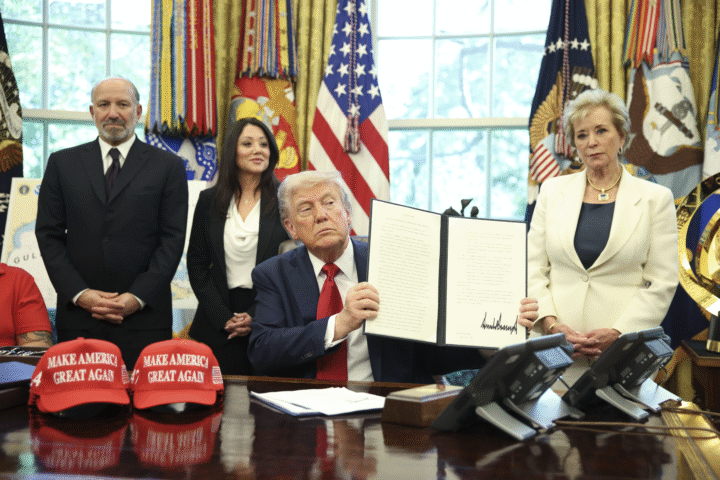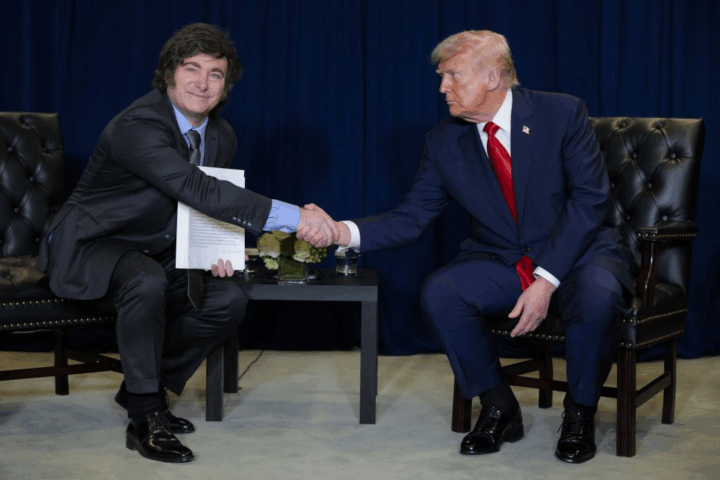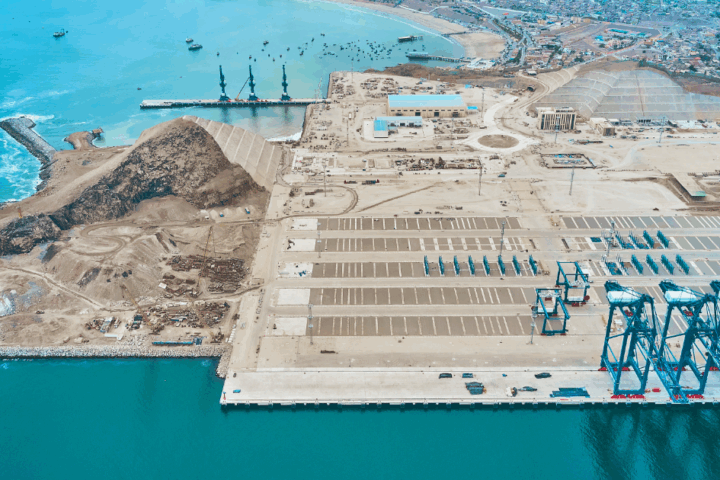As China accelerates its naval shipbuilding at breakneck speed, the United States finds itself at a crossroads. Confronted with an expanding Chinese fleet built in record time and at staggering scale, American policymakers are sounding alarms over the widening gap in maritime power. But experts argue that revitalizing U.S. shipbuilding is not a solo mission—it requires a strategic alliance with two of its closest and most capable allies: South Korea and Japan.
A Rising Maritime Superpower
China’s rise as a shipbuilding juggernaut has upended global naval dynamics. The People’s Liberation Army Navy (PLAN) now boasts the world’s largest fleet, having overtaken the U.S. Navy in sheer numbers. More troubling is the speed: China is building warships up to five times faster than the U.S., particularly in the vital categories of destroyers, frigates, and corvettes.
This rapid production is underpinned by China’s integrated military-commercial shipbuilding model. Its state-backed shipyards—such as those operated by the China State Shipbuilding Corporation—can seamlessly switch between civilian and military production lines, thanks to the government’s Military-Civil Fusion strategy. With nearly $90 billion in government subsidies since 2002 and about 50% of the global commercial shipbuilding market under its control, China is leveraging industrial strength for strategic dominance.
America’s Response: A Shipbuilding Strategy Anchored in Alliances
In contrast, the U.S. controls less than 1% of the global shipbuilding market. American shipyards, though capable of producing world-class vessels, struggle with budget overruns and delivery delays. Recognizing this, the Trump administration recently signed an executive order aimed at restoring U.S. maritime dominance. Among the proposals are the creation of a White House Office of Shipbuilding and new port fees on Chinese-built ships.
Yet these measures alone may not be enough to counter China’s vast shipbuilding machine. The U.S. lacks the industrial depth to rapidly scale up its shipbuilding capacity on its own. The solution? Tapping into the industrial strength of trusted allies.
South Korea and Japan—who together account for roughly 40% of the global commercial shipbuilding market—are well-positioned to help. Both countries have advanced shipyards, technical expertise, and proven track records in naval construction. More importantly, they are already aligning their foreign investment rules with U.S. national security priorities, laying the foundation for deeper industrial cooperation.
Toward an Allied Shipbuilding Alliance
A trilateral shipbuilding alliance could provide the U.S. with the industrial capacity it needs to maintain maritime superiority. This partnership could take several forms:
- Joint Production and Technological Integration: Allies could collaborate on developing next-generation warships with standardized components to boost interoperability and reduce costs.
- Allied Investment: South Korean firms, like Hanwha, have already shown interest by investing $100 million in Philly Shipyard. Japan and South Korea could be invited to participate in a proposed Maritime Security Trust Fund and invest in “Maritime Prosperity Zones” along U.S. coasts.
- Targeted Jones Act Reforms: While a full repeal of the protectionist Jones Act is unlikely, limited exceptions for defense-related allied co-production could unlock foreign capital and expertise without compromising U.S. control or security.
Such a model would not be unprecedented. Australia, Canada, and the U.K. have all turned to foreign shipbuilders to strengthen their fleets while preserving national security goals. The U.S., however, remains an outlier—largely limiting foreign participation even from its closest allies.
A Strategic Imperative
Time is of the essence. Without a clear, comprehensive strategy that includes its allies, the U.S. risks ceding maritime dominance to China—a shift with profound implications for global security and the balance of power in the Indo-Pacific.
The executive order calls for an action plan by November. Policymakers must act decisively to forge an integrated industrial alliance that revitalizes American shipbuilding and fortifies collective naval strength. South Korea and Japan are ready. The question is: will the United States seize this opportunity?
As China continues to launch ships at unprecedented speed, America must rally its allies and put all hands on deck.










